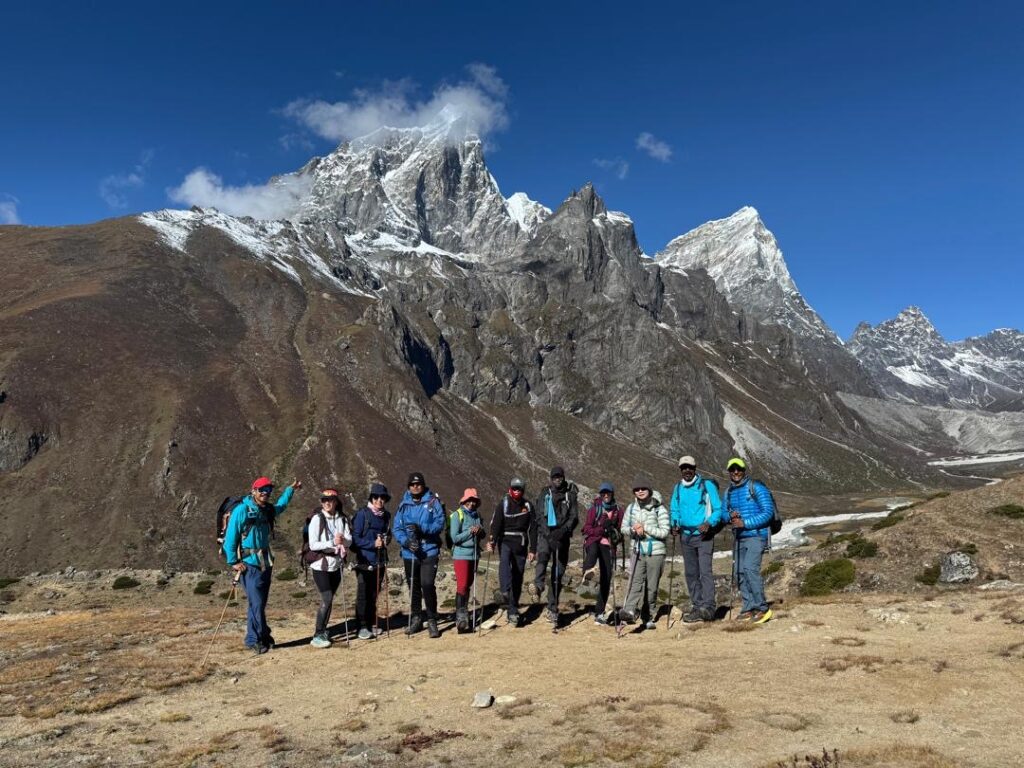
Hiking Tips for Seniors for a Safe & Enjoyable activity
Hiking is a wonderful way for seniors to stay active, connect with nature, and boost mental well-being. To maximize safety and comfort, follow these steps:
1. Trail Selection
Start easy: Choose short, flat, well-marked trails (e.g., paved paths or gravel loops) before progressing to moderate terrain.
Avoid steep climbs : Trails with >200 feet of elevation gain per mile may strain joints. Opt for gentle slopes or switchbacks.
Check accessibility : Look for trails labeled “senior-friendly” or “ADA-accessible” (e.g., wide paths, benches, smooth surfaces).
Research conditions : Use apps like AllTrails to read recent reviews about mud, overgrowth, or obstacles.
2. Footwear & Gear
Shoes: Prioritize lightweight hiking shoes/boots with:
– Non-slip soles (Vibram® or deep treads).
– Ankle support (if uneven terrain).
– Room for orthotics if needed.
Trekking poles : Reduce knee/hip pressure by 20–30% (adjustable poles with ergonomic grips are best).
Backpack : <10% of your body weight, with padded straps and waist support.
Clothing : Moisture-wicking layers + sun-protective fabrics (UPF 50+). Avoid cotton (retains sweat/cold).
3. Hydration & Nutrition
Water : Drink ½–1 cup every 20 minutes (even if not thirsty). Carry extra in hot weather.
Snacks : Combine carbs + protein (e.g., trail mix, peanut butter crackers).
Electrolytes : Add a pinch of salt to water or use tablets to prevent cramps (key for those on diuretics).
4. Pace & Breaks
Slow and steady : Aim for a pace where you can converse without gasping.
Rest every 30–45 mins : Sit on a portable stool or rock to relieve joint pressure.
Stretch : Focus on calves, hamstrings, and shoulders during breaks.
5. Safety Essentials
Share plans : Text a friend your trail name, parking lot, and return time.
Emergency kit : Include medications, a whistle, emergency blanket, and a charged power bank.
Navigation : Download offline maps (Google Maps, Gaia GPS) + carry a printed map.
Wildlife : Carry bear spray if in bear country; know how to react to snakes or cougars.
6. Pre-Hike Prep
Doctor’s approval : Especially if managing heart disease, arthritis, or balance issues.
Training : Walk 20–30 mins daily on uneven ground (e.g., grass) to build stability.
Weather check: Seniors are more vulnerable to hypothermia/heatstroke—avoid extremes.
Bonus: Mindset Matters!
Hike with groups : Senior hiking clubs (e.g., Sierra Club’s “Outdoors for All”) offer camaraderie and safety.
Listen to your body : Turn back if dizzy, overly fatigued, or in pain. The trail will always be there another day!
By prioritizing preparation and self-awareness, seniors can enjoy hiking’s physical and mental rewards for years to come. Happy trails!
—
Key Additions :
– Specific metrics (elevation gain, water intake).
– Medical considerations (diuretics/electrolytes, arthritis).
– Gear brands/features for clarity.
– Mental health/community benefits.
